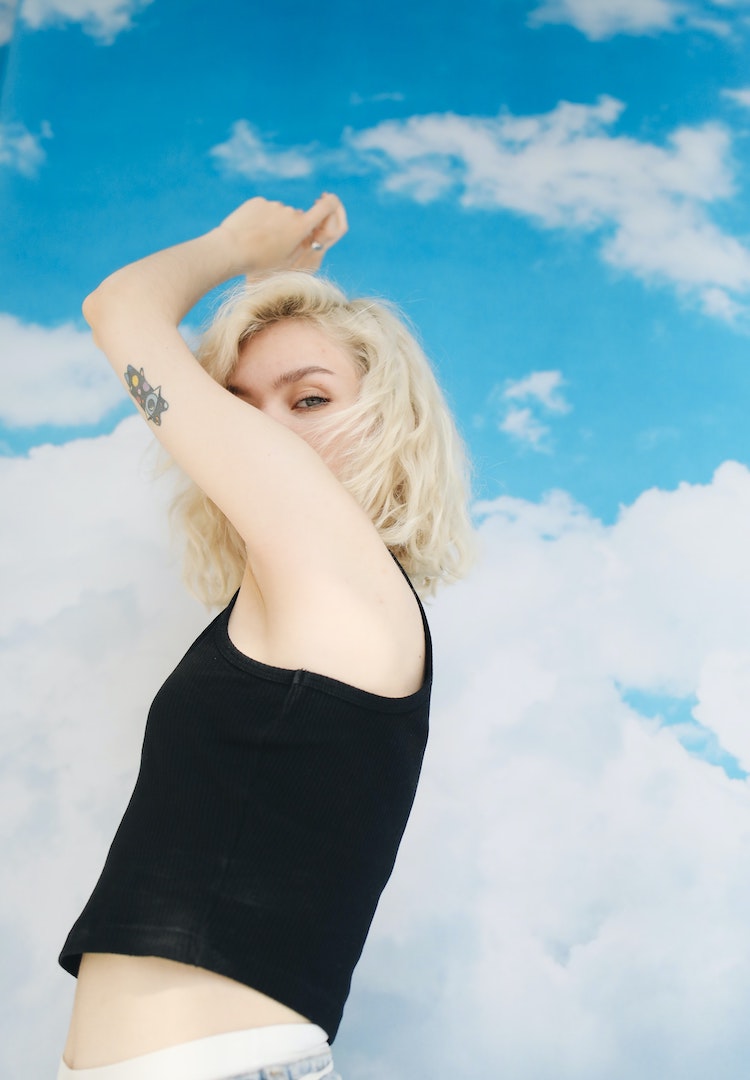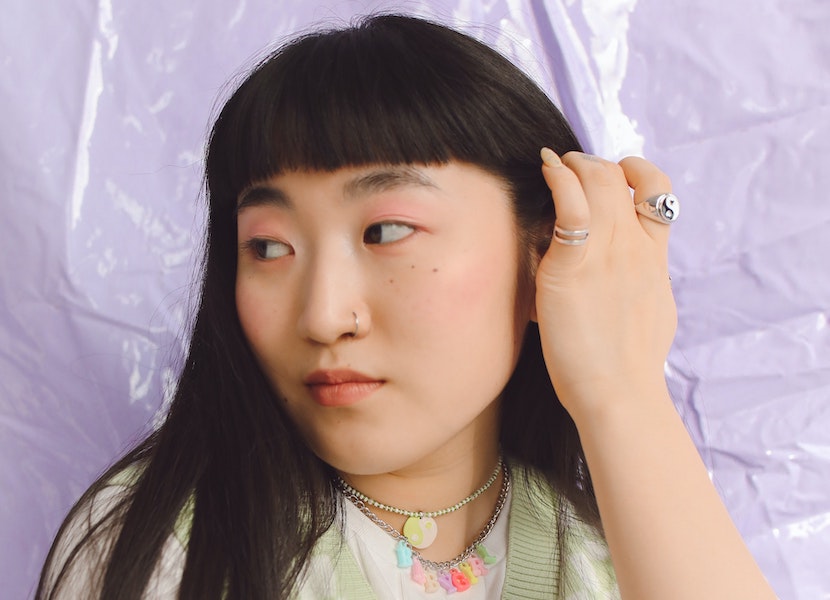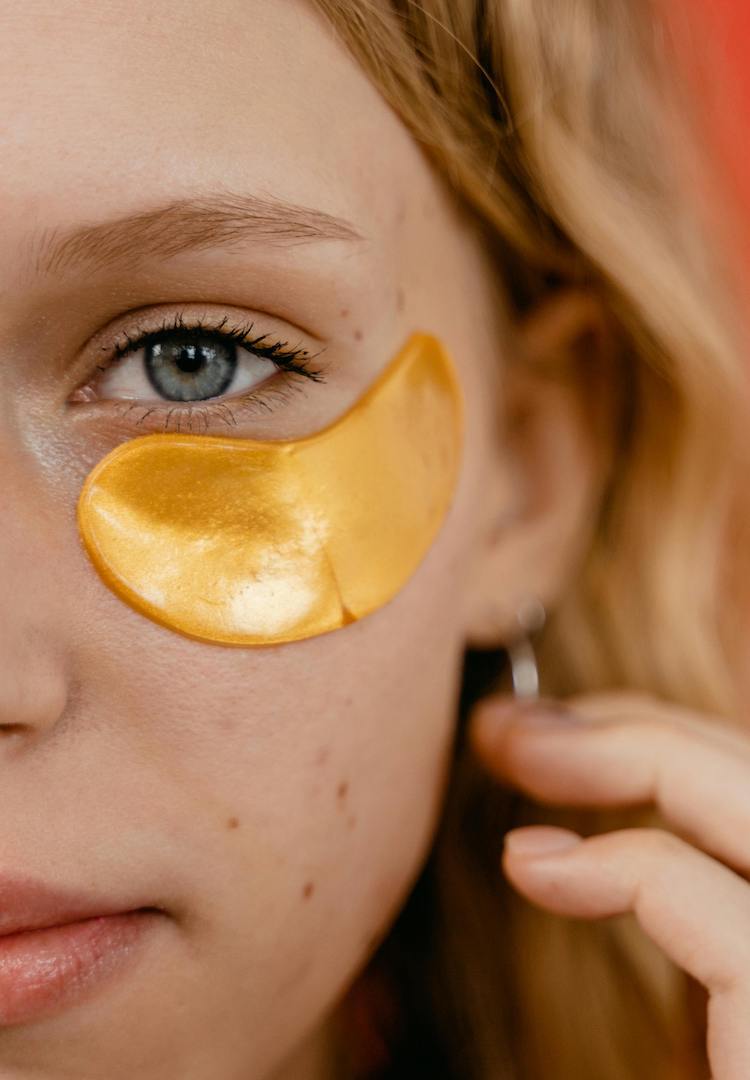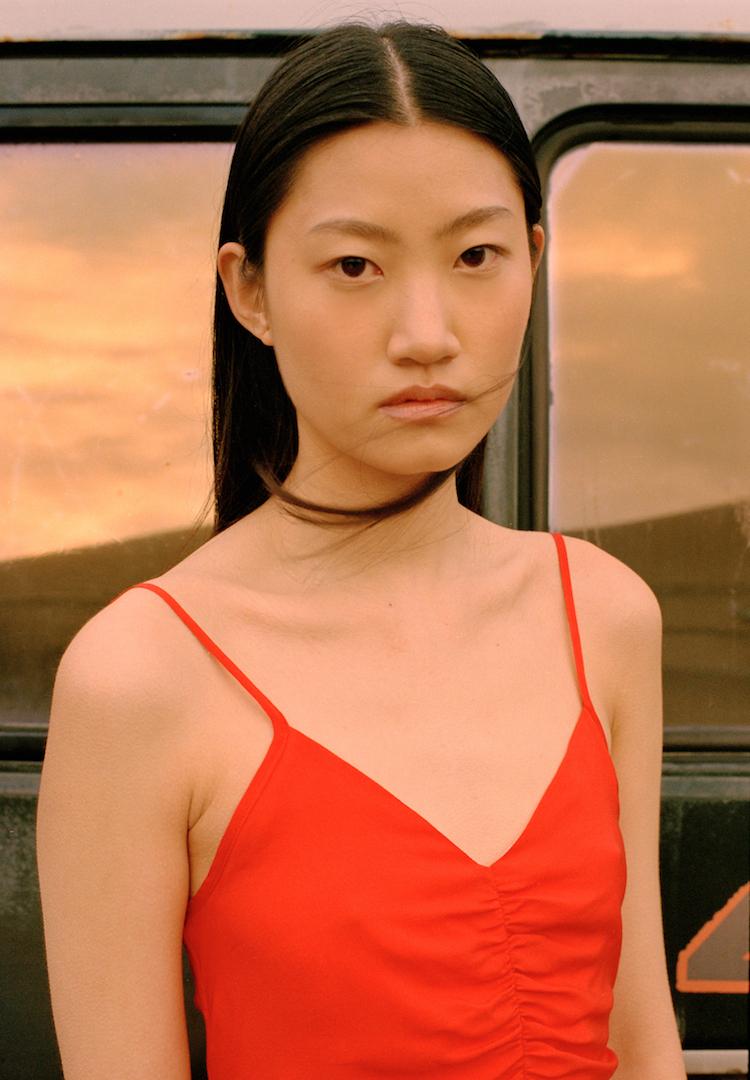How to reduce forehead acne if you have a fringe
Words by Felice Lok
“Always think of your hair as an extension of your skin.”
I absolutely love cutting my own fringe. I favour this hairstyle for two reasons: it disguises my forehead (when I was a kid someone told me it was bigger than average, and I never forgot it) and I enjoy being able to change my look with a few well-placed snips. But there’s a reason I can never keep a fringe for very long (six months is the longest I’ve lasted so far).
Fellow fringe wearers will know it’s not a haircut for the low maintenance among us. For most fringe-havers, mornings involve some sort of blowdrying, curling and styling. Cleaning both your hair and face properly at the end of the day is another ordeal.
Looking for more haircare and skincare advice? Head to our Beauty section for more.
With this in mind, I spoke to two experts about what those of us with fringes can do to keep painful acne away from our foreheads.
But first things first, what causes forehead acne?
General practitioner and co-founder of The Secret Skincare, Dr Deb Cohen-Jones, says forehead acne often results from several factors. These can include hormone changes, excess sebum production and bacterial infection.
“The forehead is particularly susceptible to acne as it’s adjacent to the hairline and brows, which tend to have increased oil/sebum content and increased susceptibility to bacterial infection,” she says.
What should we do?
Before we get to the products you can use, Dr Cohen-Jones has a few general tips for maintaining acne-free foreheads. She says we should “always think of [our] hair as an extension of [our] skin”.
“Keep it clean, avoid fragrances just as you would for your skin and invest in high-quality hair and skincare.” We should aim to wash our hair regularly and clean our skin twice daily. “Finally, clip bangs back whenever possible to reduce the opportunity for contamination and exacerbation of forehead acne.”
It might also be helpful to carry around blotting paper if your skin becomes oily easily, especially in the T-zone. This can be a temporary fix to an oily forehead and prevent pores from becoming clogged when you have hair hovering over the forehead.
While these tips may seem like no-brainers, feeling lazy and ditching your nighttime skincare and haircare routine after a long day can happen all too easily. The key to good skin and hair starts with basics like these. And please, whatever you’re doing, resist the temptation to touch your skin and hair.
What skincare products should you opt for?
If you’ve already included the above tips into your skincare and haircare routine but still find acne sneaking back onto your forehead, here are some products you can try out.
Dr Cohen-Jones knows of several key ingredients that can help with treating acne. “Azelaic acid is amazing for its anti-inflammatory properties. I suggest The Secret Day Brightening Elixir – Sensitive which is high in this ingredient as well as niacinamide.” Niacinamide is a form of vitamin B3 commonly used to treat skin conditions like acne and eczema and can help control the amount of oil produced in the sebaceous glands.
“For nighttime, use vitamin A and kojic acid for active acne as well as antibiotics if necessary,” she says. According to Dr Cohen-Jones, The Secret offers night creams with all these options which vary based on the type of acne, its frequency and its severity. “[Most] importantly, always look for creams that aren’t fragranced and are non-comedogenic,” she says.
What haircare products can you try?
Celebrity and editorial hairstylist from Evo Hair, Peter Beckett, also has a few holy grail haircare products you can try. “I’m a big fan of the Philip Kingsley Flaky Itchy Scalp Dry Shampoo for around the face when it comes to skin breakouts,” he tells me. While the product doesn’t directly treat acne, Peter says its soothing and cooling effect on the scalp makes it a safer option to refresh your fringe.
When it comes to styling your fringe, Peter says the best method is to give your hair “a little root volume to let as much air circulate as possible.” He suggests trying the Evo Root Canal Volumising Spray, which can be applied to the roots of damp hair for texture and a lift. In hotter months, it’s also worth looking into anti-humidity sprays to help prevent bangs from getting too flat or frizzy.
Just like with most hairstyles, proper care and styling of our fringes are crucial. With these expert tips and products to try, we can continue wearing our favourite fringes while keeping our skin and hair in harmony.
Find out more on how to treat your skin when you have a fringe here.










